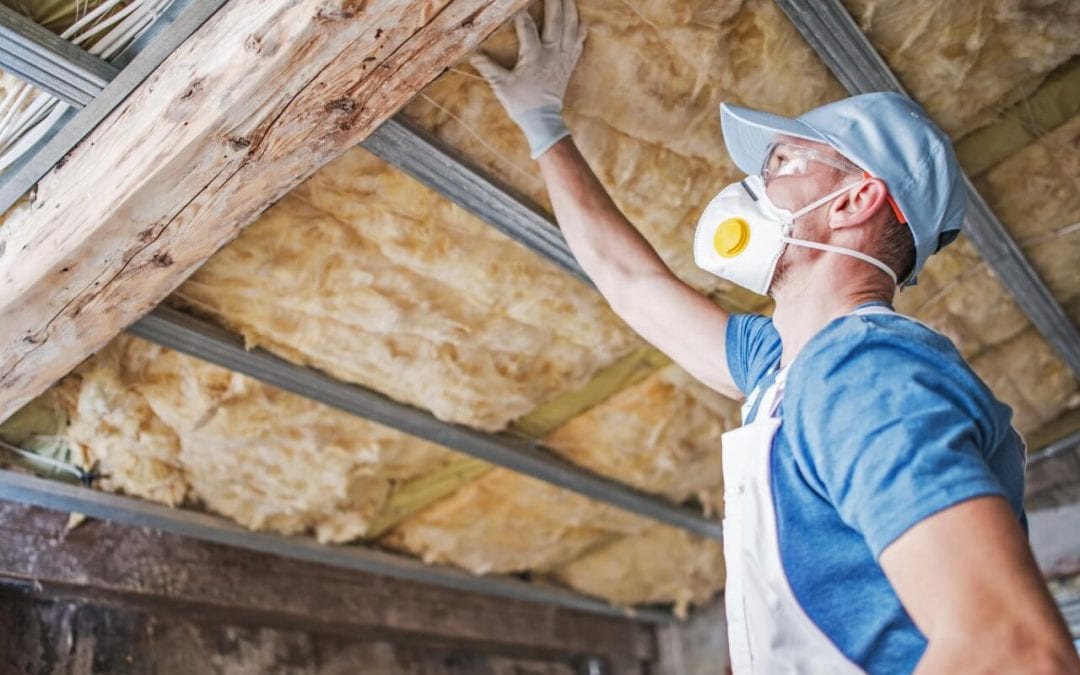Ventilation in the attic will affect the lifespan of your roof. Vents beneath the roofing promote circulation and allow warm, moist air to escape. Good airflow helps regulate temperature and reduce moisture. Hot, damp air causes damage to the roof’s frame and shingles. Here are a few things you should know about attic ventilation.
Why Attic Ventilation is Important
Good ventilation plays a role in the comfort of your home. Without good air circulation in the attic, heat builds up and can’t escape. If the insulation between the attic and the living spaces is insufficient, heat will radiate back down into your home. Your living spaces will be warmer and the cooling system will work harder to keep the house comfortable.
How it Works
In the attic, there should be two types of vents. Intake vents are positioned along the soffits while the exhaust vents are placed higher near the roofline. The position of these vents creates a natural flow of air. Cool air flows in and warmer air rises and moves out of the attic space.
Problems With Inadequate Roof Ventilation
If you live in an area with temperature fluctuations, heat and moisture will accumulate in the attic. Extreme temperatures affect the comfort of the home and can cause problems. Roof shingles may warp and items stored in the attic could be damaged. Excessive moisture leads to mold growth, damage to the insulation, and warping of roof supports.
In areas with a colder climate, the heat that escapes through the roof causes snow to melt. If the temperatures outside are below freezing, the snowmelt will refreeze and form ice dams. Ice dams damage the guttering and can cause water to accumulate above the dam. This moisture has nowhere to go and may seep through the shingles and drip into the attic.
Signs of Inadequate Ventilation
Your home’s attic may need a better ventilation system if you notice any of the following signs.
- Buildup of ice along the roof edge during the winter
- Damp insulation in the attic
- Metal materials in the attic are beginning to rust and corrode
- Frost or moisture on the attic side of the roof sheathing
Improving Attic Ventilation
If you notice any of the above warning signs of poor roof ventilation, contact a roofing professional to assess the situation. He or she will know how the attic should be ventilated and can make suggestions for improvements. Some of the things a professional might recommend include:
- Adding exhaust vents to the ridge
- Installing intake vents near the soffit
- Boosting attic insulation to recommended R-value
- Soffit vents are not blocked by insulation
- Verify that there are 1 to 2 inches of air space between rafter insulation and roof sheathing
It’s important to have a well-ventilated roof. Good airflow keeps your home comfortable, saves you on energy costs, and helps you avoid repairs to the roof and attic.
Guardian Home Inspection Services offers inspection services to customers in Southwest Michigan. Contact us to request an appointment.

